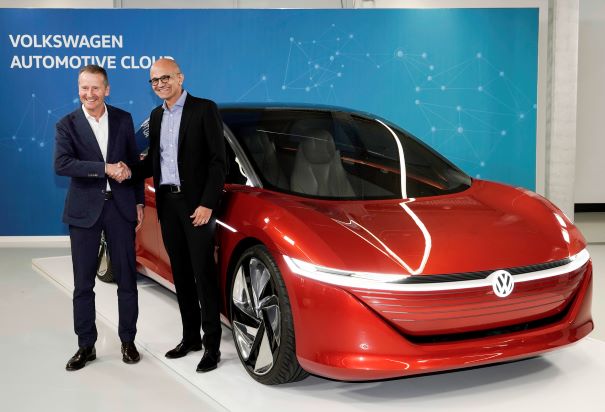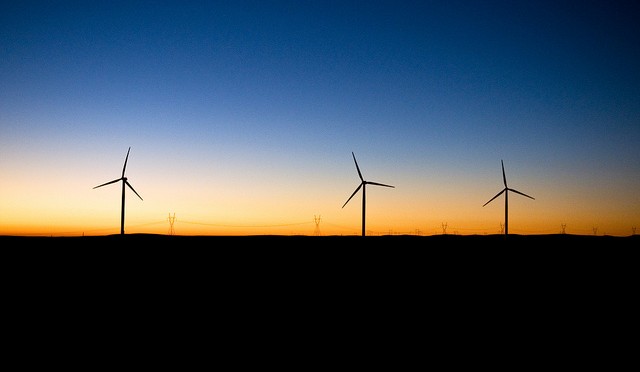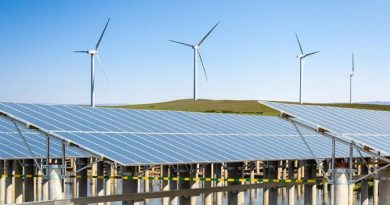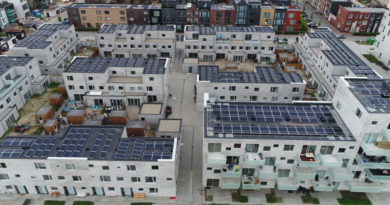Microsoft Opts For Stricter Emission Control Over Data Centre Power Usage
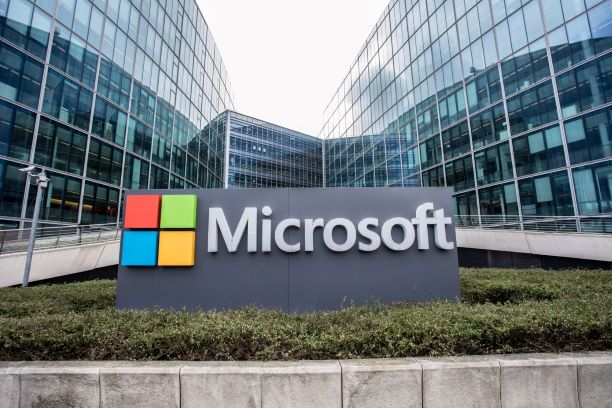 Innovation needs stringent control too
Innovation needs stringent control too
Microsoft has increased its commitment to cut operational carbon emissions by 75% in the next 11 years. In a post last evening, company president Brad Smith outlined the steps Microsoft will take to “address sustainability challenges” in a “tech-first” fashion — some of which will involve artificial intelligence and machine learning.
Smith wrote, “Time is too short, resources too thin, and the impact too large to wait for all the answers to act. There’s an incredible opportunity to be realized by acting, supported by data and technology, on climate change.”
For its data centers, Microsoft in 2016 had announced a goal to use 50% renewable energy in all of its facilities by the end of last year. Since then the company claims that it is ahead of schedule and on track to reach 60% by the end of this year. But now, it will seek to surpass 70% by 2023, in part with a new “data-driven” cloud initiative that will employ internet of things (IoT) devices, blockchain technology, and AI to monitor performance and “streamline” the reuse, resale, and recycling of datacentre hardware. Additionally, Microsoft says it’ll launch a water replenishment program by 2030 that will replace the resources its server farms consume in “water-stressed” regions.
If we draw comparisons, Apple and Google say they power 100% of their operations with renewable electricity, while Amazon has hit 50% renewables for its datacentres in January 2018. (Of the three, Google is the largest buyer of renewable energy, with contracts to purchase over 3 gigawatts of output.) Meanwhile, Facebook has pledged to reduce its greenhouse gas footprint by 75% and reach 100% renewable energy by 2020.
Read: FB, Google, GM and many more Join Renewable Energy Buyers Alliance
Microsoft also says that it’ll host “leading environmental [government] data science sets” containing petabytes of satellite and aerial imagery (among other things) on Azure, its cloud platform, with the goal of supporting the work of researchers around the world. Moreover, it says it’ll double its carbon fee — the internal tax it established in 2012 to quantify its divisions’ progress in reducing emissions — to $15 per metric ton of all carbon emissions. Currently, the tax contributes to a $30 million annual fund for energy improvements.
To underline its commitment to sustainability and demonstrate emerging tech’s potential to advance the cause, Microsoft commissioned a report with Pricewaterhouse Coopers UK that shows greater adoption of AI across industries might reduce global greenhouse gas emissions by as much as 4% while boosting global gross domestic product by up to 4.4%. That’s equivalent to approximately 2.4 gigatons of CO2, Smith points out — equal to the annual emissions of Australia, Canada, and Japan combined.
“By making them available in our cloud, we will advance and accelerate the work of grantees and researchers around the world,” Smith wrote. “We will also continue work to bring new APIs and applications … and mature projects into platform-level services, as we’ve done with landcover mapping.”
Lastly, Microsoft says it’s joining the Climate Leadership Council, an international organization created to develop a national carbon pricing approach. Founding members include energy companies like ExxonMobil, Royal Dutch Shell, Total, and BP, as well as General Motors, Pepsi, Santander, and individuals such as billionaire former New York mayor Michael Bloomberg, former U.S. Energy Secretary Steven Chu, and venture capitalist Vinod Khosla.




